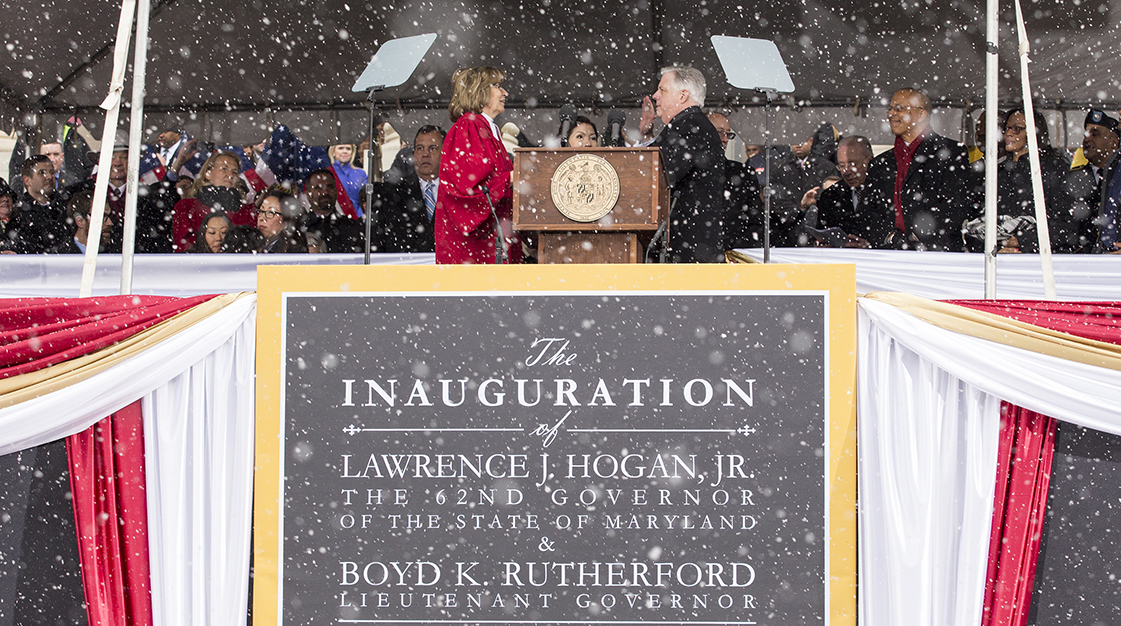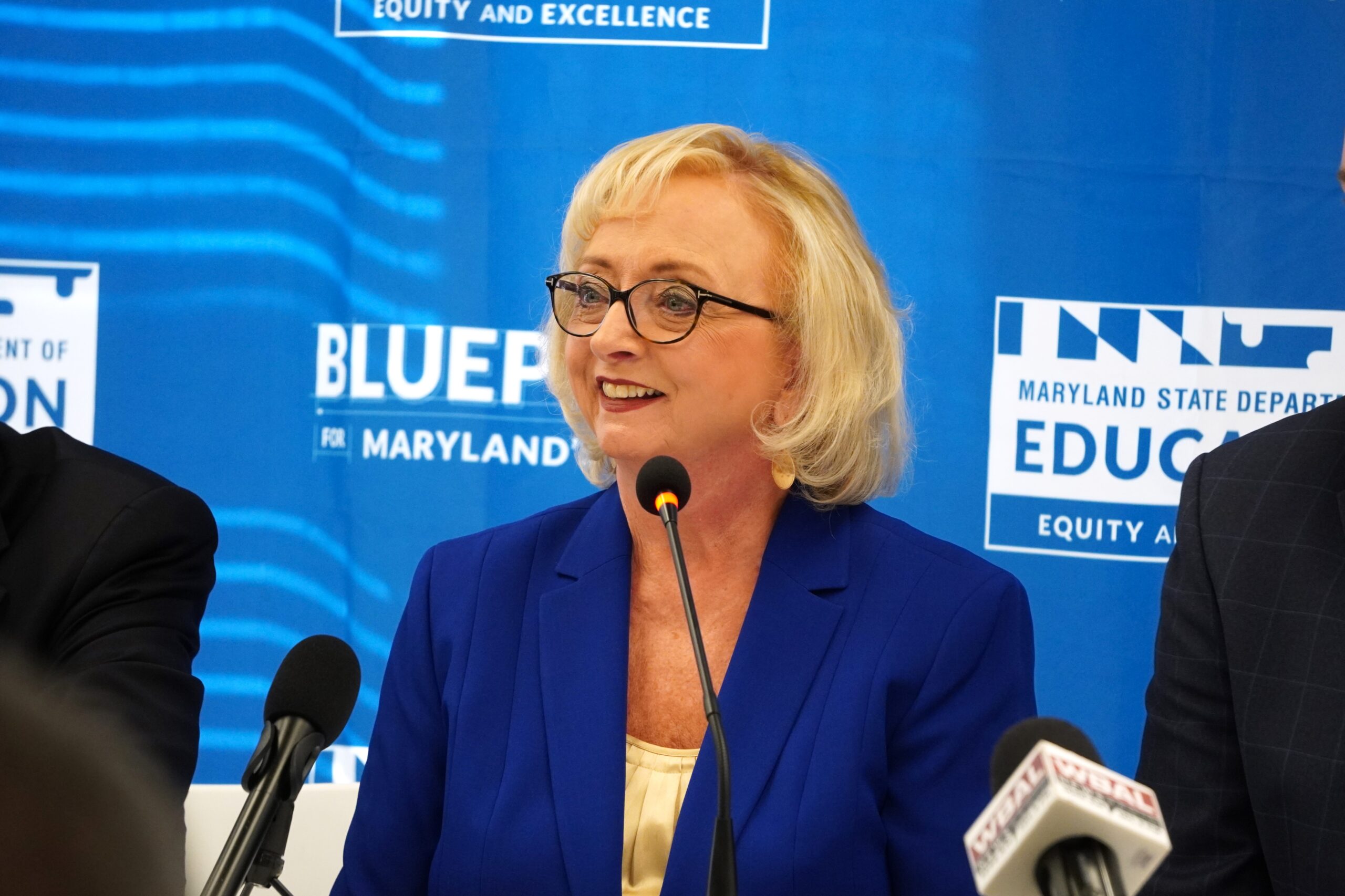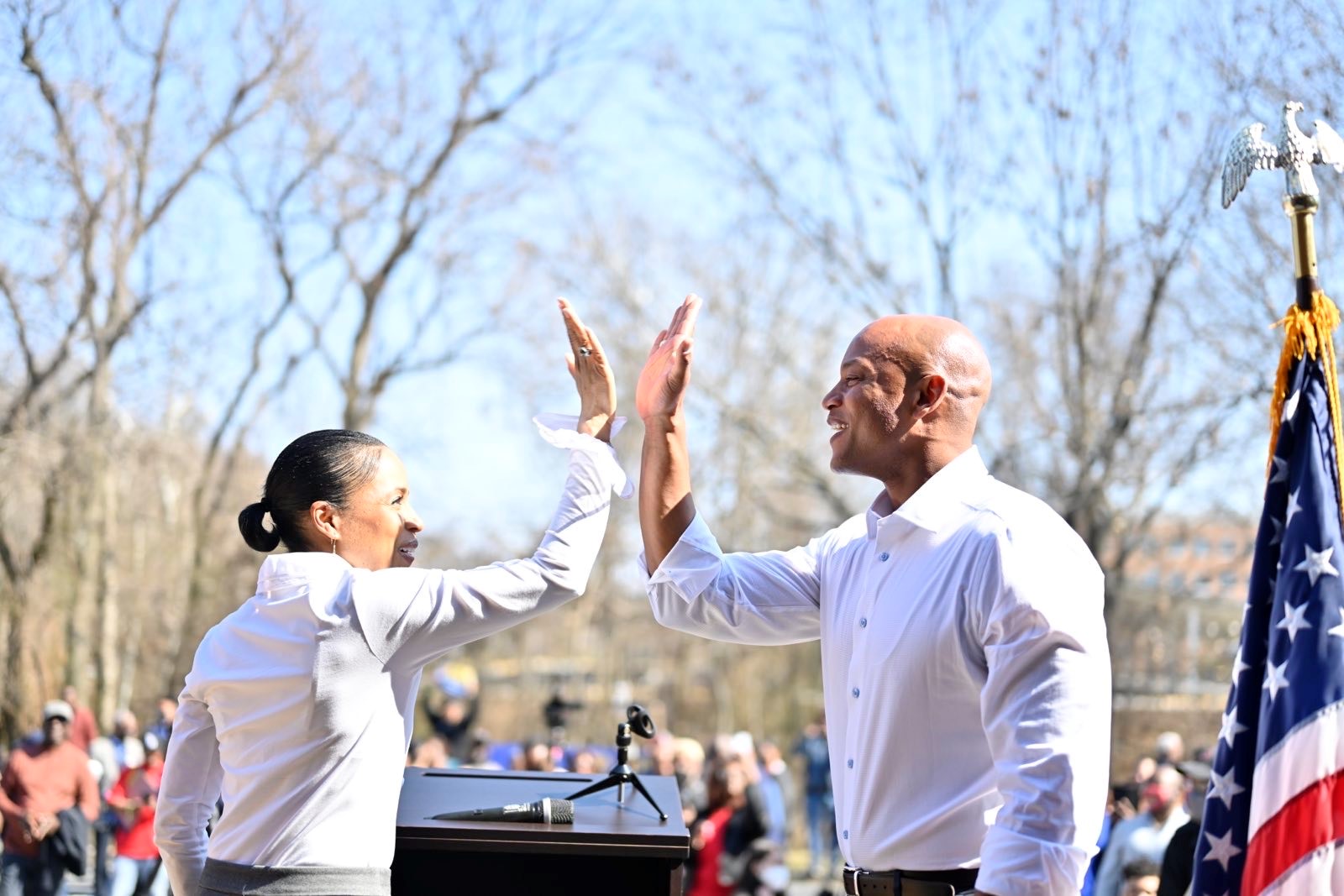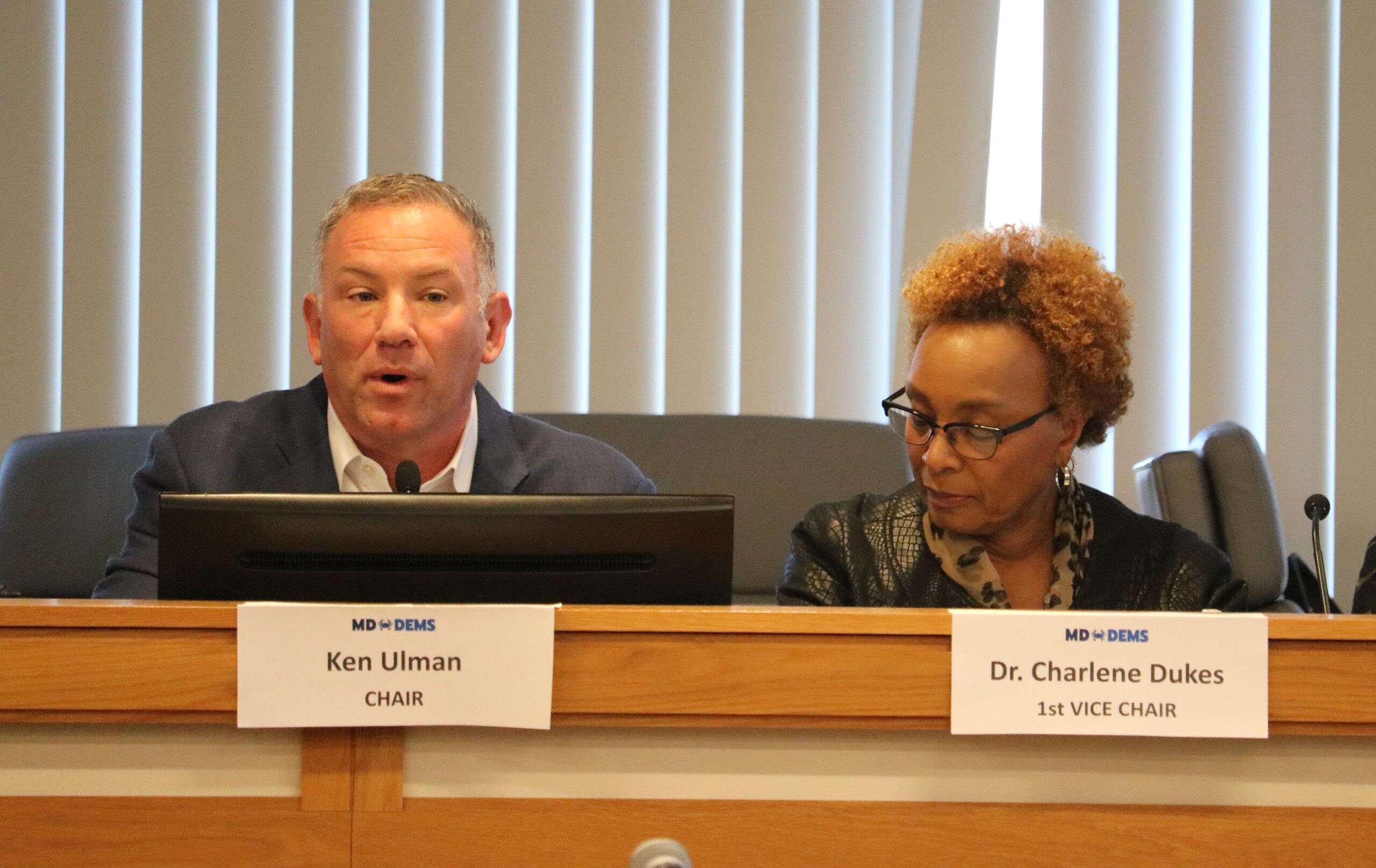William F. Zorzi: Court name change not as simple as it sounds

Lawyers in Maryland — and those visiting the courts of the Free State — finally can breathe easy. After 246 years, they will no longer be confused about where to turn for the state’s final word on a point of law.
Thanks to the wisdom of the Maryland General Assembly and the state’s voters — who rarely meet a ballot question they don’t like — the bench, bar and citizenry have been graced with a new Supreme Court of Maryland and a new Appellate Court of Maryland. The state finally has rebranded the Court of Appeals, established in the State of Maryland in 1776, and Court of Special Appeals, the intermediate appellate court created in 1966, with new names.
The key reason for the changes, as explained by the judiciary in the last legislative session, was that the names of the state’s two appellate courts were, well, just too darned confusing for attorneys trying to file an appeal in Maryland.
In retrospect, is it any wonder why lawyers charge so much an hour? For the last 2 1/2 centuries they have spent so much of their time wandering from courthouse to courthouse wondering where to file their appeals. Time is money. And who would deny a lawyer a decent wage for his or her time?
So, after the question was put to the wisdom of the electorate in the November general election, these annoyingly confusing names were voted down and the new ones overwhelmingly approved. Along with the name changes, the highest court’s judges became justices, just like the big kids at the Supreme Court in Washington. Then, on Dec. 14, Gov. Lawrence J. Hogan Jr. (R) signed a resolution making the rebrand official, and on Friday, the new Supreme Court of Maryland will sit for the first time. With the stroke of a pen, Maryland’s proud heritage of having its highest court named something other than “Supreme Court” was dashed, making it just like 48 other states, the last holdout being New York’s Court of Appeals.
It’s supremely simpler to be just like everyone else apparently. Less confusing.
But there are ramifications — and unanswered questions — from even the most benign changes.
Maybe the Courts of Appeal Building on Rowe Boulevard in Annapolis will need to be renamed the Courts of Supreme and Appeal Building to prevent confusion anew?
And what do we call the state’s retired Court of Appeals judges? Take former Chief Judge Robert M. Bell, for example. We can no longer call him Judge Bell, can we? And it wouldn’t be right to refer to him as Justice Bell — ex post facto and all that. Maybe we should just call him “Mack,” his middle name, which is what his extended family calls him. But then, it’s unclear what we should call Mary Ellen Barbera and Joseph M. Getty, other former chief judges of the great State of Maryland. Maybe we should just call them “Mack,” too. As in, “Hey, Mack, you know where I can file this appeal?”
But wait. Can’t you file an appeal with the new Supreme Court of Maryland, just like before? And can’t you also file an appeal with the Unspecial Appellate Court of Maryland, the state’s same “intermediate appellate court,” just with a new name?
Oh… uh….
So, lemme get this straight: There are still two appeals courts in Maryland, one of which is now called the Appellate Court and the other the Supreme Court. Both handle appeals, but one isn’t called an appeals court?
Well, isn’t that special.
The problem certainly is in focus now. This whole appeals thing really is confusing. Maybe we need to broaden the scope and look at this pressing matter statewide. Perhaps it’s time to, say, rebrand the state’s Board of Contract Appeals and make it the Board of Supreme Contracts, instead.
We don’t want people whispering behind our backs, saying things like, “Maryland — appealing, but open for confusion.”
On the other hand, the new Supreme Court of Maryland could easily be confused now with the U.S. Supreme Court, whose justices are among the least respected beings on earth. (Talk about something to which the state’s appellate judges can aspire: Aim high.) The U.S. Supremes have sat only since 1790, whereas the Court of Appeals has existed for almost 100 years more, dating, arguably, to 1694. Even prior to that year, English law provided for some sort of court of last resort in Maryland, though just not known as the Court of Appeals.
Maybe it’s a good thing this name change thing happened well after the Supreme Bench of Baltimore was the self-important name the city gave its circuit court. They even put it in the Maryland Constitution. Back in the day, Baltimore’s Supreme Bench was so supreme that it contained six separate courts, mostly to accommodate all the patronage there was to be dispensed in and around the courthouse.
That was, however, before that fair burgh slipped to a second-tier power with a shrinking population — and electorate.
Some proponents of rebranding the Court of Appeals contend that maintaining the old name was nothing more than “nostalgia.” Since that’s apparently the prevailing wisdom, perhaps it’s time for the Maryland justices’ red robes and white bib-like collars to go, too.
The real Supreme Court justices wear black robes; why shouldn’t the state’s Supreme Court justices? Does the former colony of Maryland really need to tip its hat to England and the justice system it brought to these shores by having its justices wear red robes? Didn’t the Brits lose the Revolutionary War to us? And the War of 1812? See? Confusion abounds.
Besides, seeing the red robes, wouldn’t a newcomer to the state run the risk of thinking he or she had stumbled into a subcommittee hearing of the Catholic Church’s Sacred College of Cardinals — except with four women? Hhmmm, church and state, female cardinals…. You can start to see the problems mounting already. Confusion atop confusion.
Let’s just get rid of it all in the interest of Maryland’s new-found simplicity.
As yet another creeping example of confusion elimination, even the state’s news outlets have taken to calling Baltimore’s Board of Estimates simply the city’s “spending board” — a rebrand which in turn recently has grown to include Maryland’s Board of Public Works. Now, each is known as the generic “spending board,” which describes only some of what they do. But why call something by its legal name when you can make it more “accessible” to the general public by calling it something else entirely? Perhaps the state board should be called the Supreme Spending Board, instead, to differentiate? (NB: Send to summer study.)
Simplify. Simplify. Simplify.
It helps ease confusion for the citizenry. And its lawyers.
In that vein, a recent news item informed readers, listeners and viewers that Baltimore’s Port Covington also was being rebranded, that the stumbling development of the city’s south side was being rechristened the “Baltimore Peninsula.”
Forget for the moment that much of the shoreline along the southern and southeastern boundaries of the city is nothing but a series of peninsulas (though only one has anything to do with the latest tax-credited efforts for urban development in South Baltimore).
Forget for the moment that Port Covington was once Fort Covington, named for U.S. Army Brig. Gen. Leonard W. Covington, a former Maryland state senator and congressman born in Prince George’s County — and apparently a genuine hero, who was killed during the Americans’ failed attempt to capture Montreal in the War of 1812.
Forget for the moment that just months after its renaming to honor the late general, Fort Covington was responsible for thwarting a British flanking attack on Fort McHenry — you know, “O say, can you see” — and saving the day during the battle for Baltimore, Sept. 12-14, 1814.
Forget for the moment that even after the Western Maryland Railroad bought the property for its “tidewater terminals,” officials decided in 1904 to retain General Covington’s honorific, tweaking the name to Port Covington, to reflect that peninsula’s new function.
Actually, just forget it entirely. It’s all too much to remember. Maybe we should just call it the Supreme Peninsula and then call it a day.
Simplify. Simplify. Simplify.
So as the curtain goes up on 2023 and a new administration waits in the wings to stride onstage, Maryland stands to benefit from this new simplicity, using recent examples as way markers for visitors taking fresh brave steps along the trail.
Once Gov.-elect Wes Moore (D) takes office in a couple weeks, he will no doubt direct his minions to rebrand the signs at Maryland’s borders by scrubbing away traces of Larry Hogan and offering a new message to greet the uninitiated entering the Old Line State. It is an opportunity not to be missed, to set a new tone for visitors and show that they, too, are now gliding along the cutting edge, unconfused by details.
Perhaps something supremely appealing like this on the signs beneath the state’s Great Seal: “Welcome to Maryland — Land of Pleasant Living and the Simple Minded.”




 Creative Commons Attribution
Creative Commons Attribution